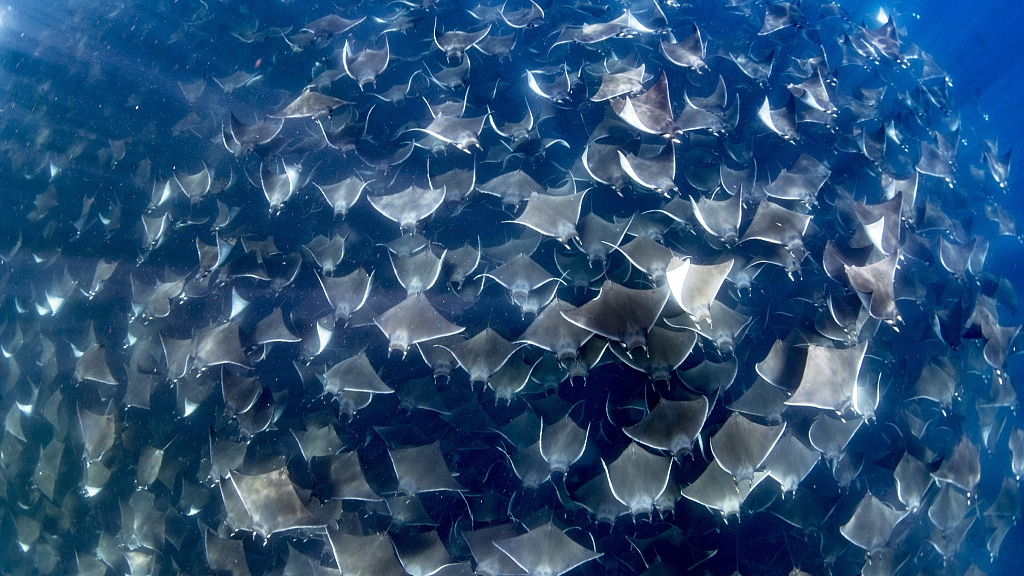
These amazing images capture a massive shoal of about 10,000 Mobula rays gliding through the crystal clear water off the coast of Mexico. /VCG Photo
These amazing images capture a massive shoal of about 10,000 Mobula rays gliding through the crystal clear water off the coast of Mexico. /VCG Photo
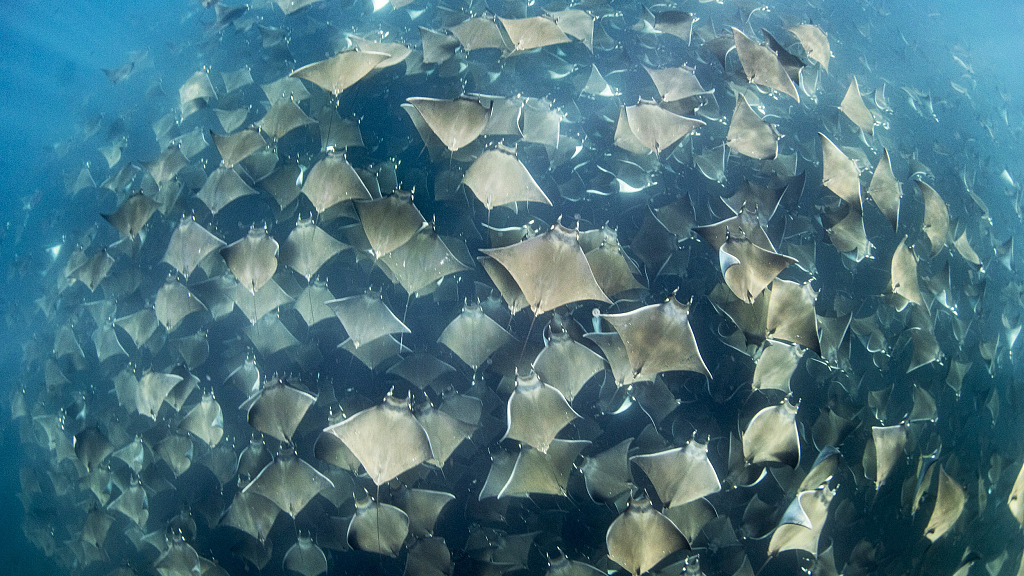
These amazing images capture a massive shoal of about 10,000 Mobula rays gliding through the crystal clear water off the coast of Mexico. /VCG Photo
These amazing images capture a massive shoal of about 10,000 Mobula rays gliding through the crystal clear water off the coast of Mexico. /VCG Photo
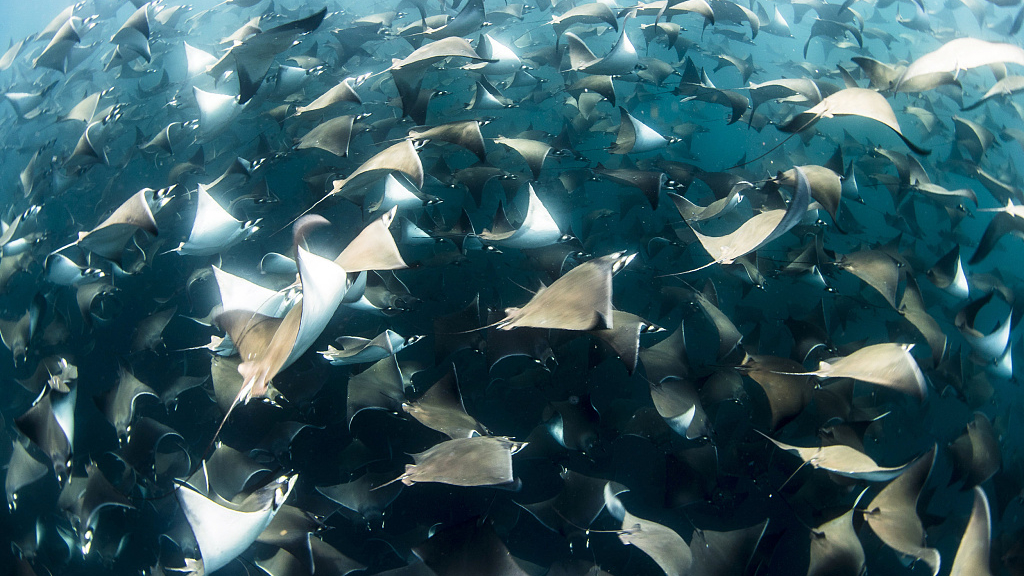
These amazing images capture a massive shoal of about 10,000 Mobula rays gliding through the crystal clear water off the coast of Mexico. /VCG Photo
These amazing images capture a massive shoal of about 10,000 Mobula rays gliding through the crystal clear water off the coast of Mexico. /VCG Photo
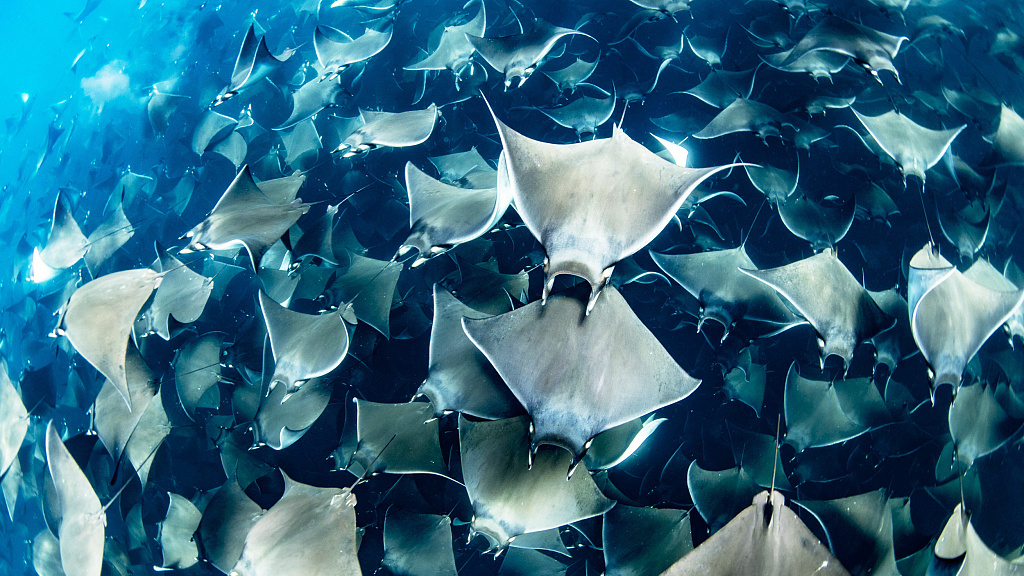
These amazing images capture a massive shoal of about 10,000 Mobula rays gliding through the crystal clear water off the coast of Mexico. /VCG Photo
These amazing images capture a massive shoal of about 10,000 Mobula rays gliding through the crystal clear water off the coast of Mexico. /VCG Photo
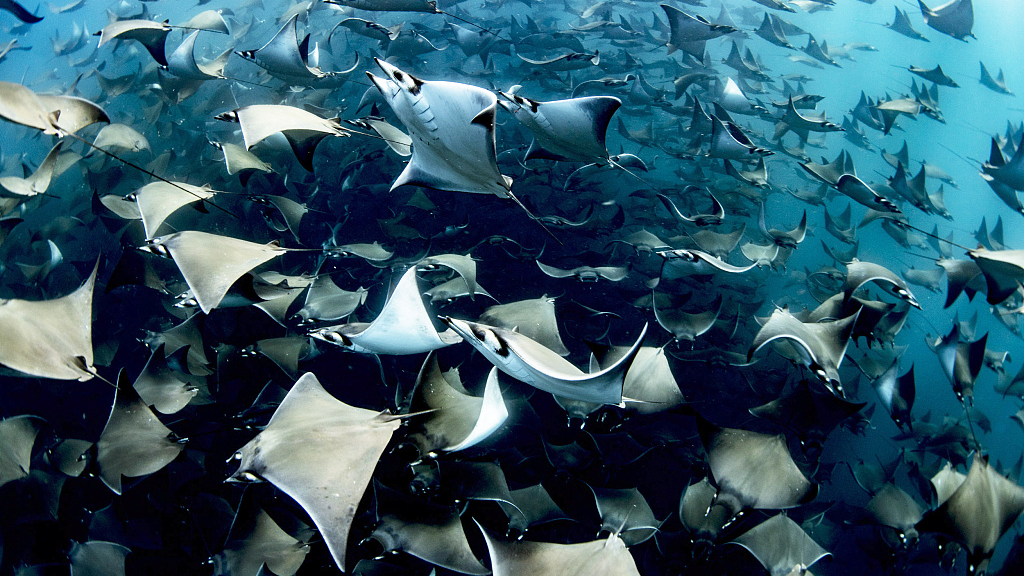
These amazing images capture a massive shoal of about 10,000 Mobula rays gliding through the crystal clear water off the coast of Mexico. /VCG Photo
These amazing images capture a massive shoal of about 10,000 Mobula rays gliding through the crystal clear water off the coast of Mexico. /VCG Photo
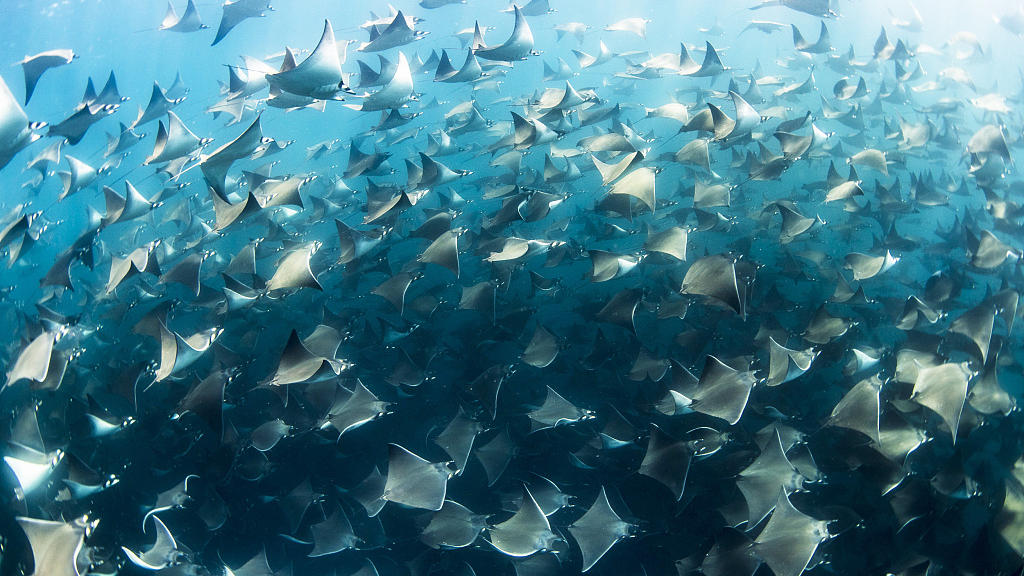
These amazing images capture a massive shoal of about 10,000 Mobula rays gliding through the crystal clear water off the coast of Mexico. /VCG Photo
These amazing images capture a massive shoal of about 10,000 Mobula rays gliding through the crystal clear water off the coast of Mexico. /VCG Photo

These amazing images capture a massive shoal of about 10,000 Mobula rays gliding through the crystal clear water off the coast of Mexico. /VCG Photo
These amazing images capture a massive shoal of about 10,000 Mobula rays gliding through the crystal clear water off the coast of Mexico. /VCG Photo
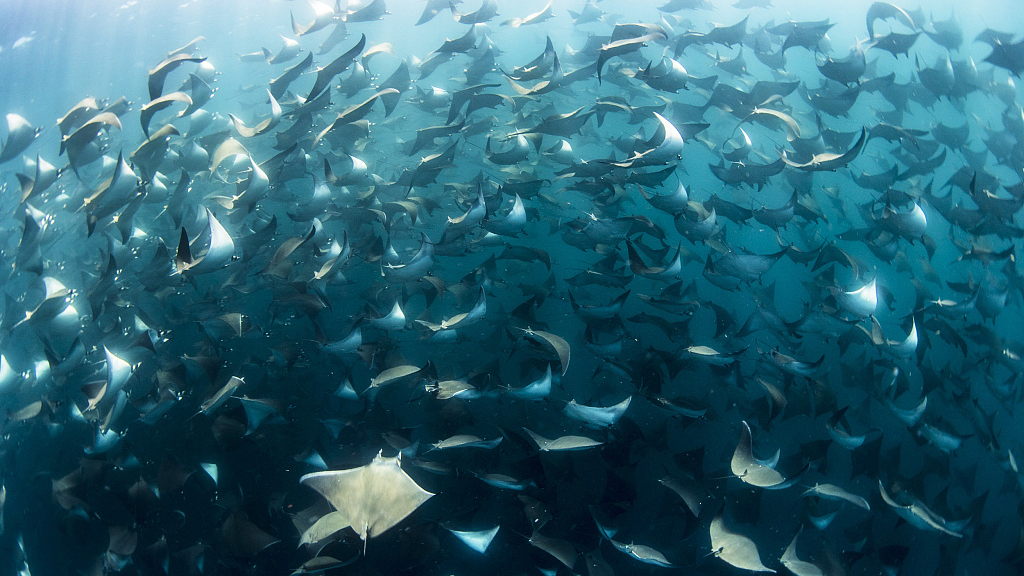
Mobula rays, which are closely related to sharks and come from the same family as some manta rays, are normally shy and difficult to film. /VCG Photo
Mobula rays, which are closely related to sharks and come from the same family as some manta rays, are normally shy and difficult to film. /VCG Photo

Mobula rays, which are closely related to sharks and come from the same family as some manta rays, are normally shy and difficult to film. /VCG Photo
Mobula rays, which are closely related to sharks and come from the same family as some manta rays, are normally shy and difficult to film. /VCG Photo
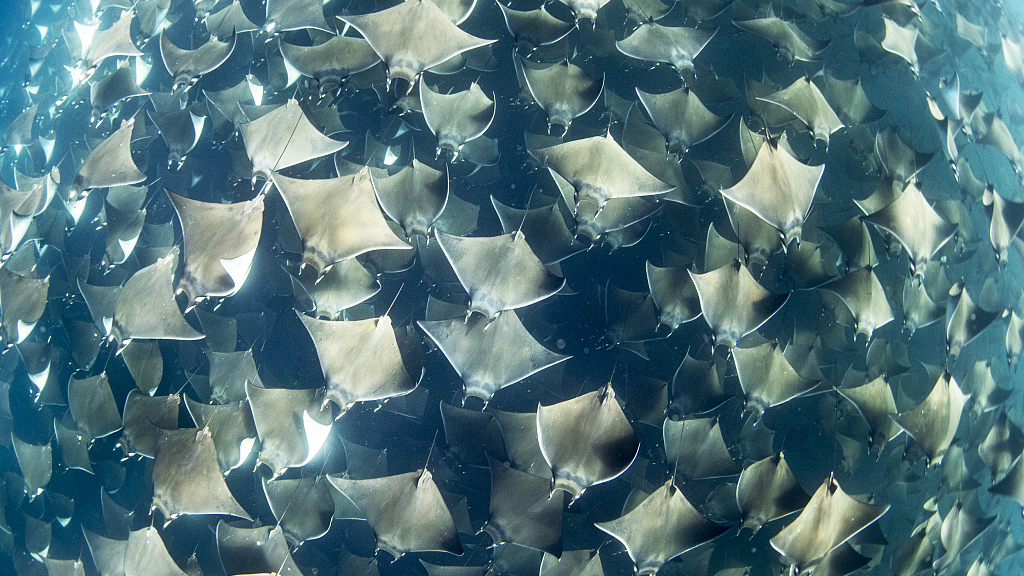
Mobula rays, which are closely related to sharks and come from the same family as some manta rays, are normally shy and difficult to film. /VCG Photo
Mobula rays, which are closely related to sharks and come from the same family as some manta rays, are normally shy and difficult to film. /VCG Photo
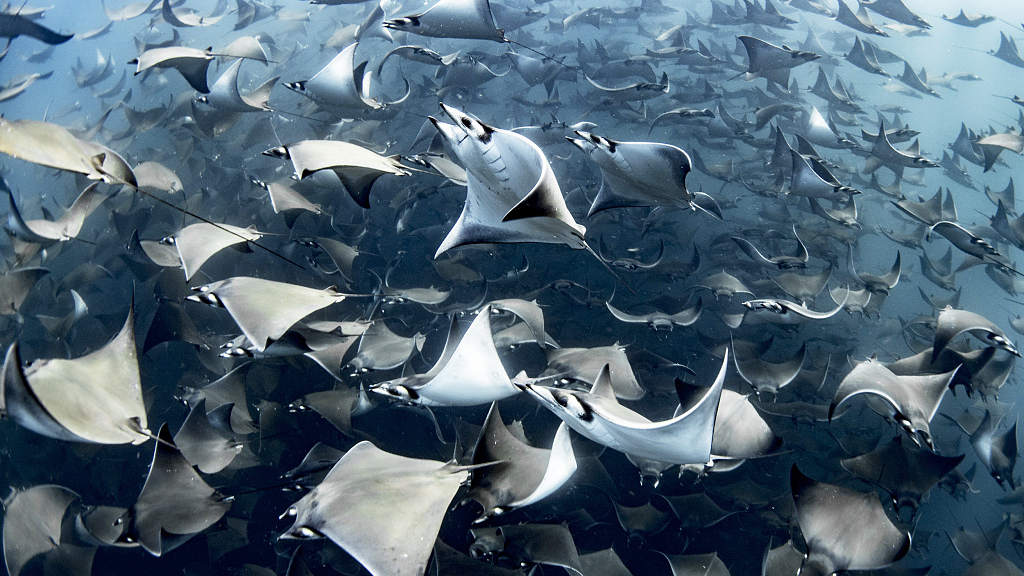
Mobula rays, which are closely related to sharks and come from the same family as some manta rays, are normally shy and difficult to film. /VCG Photo
Mobula rays, which are closely related to sharks and come from the same family as some manta rays, are normally shy and difficult to film. /VCG Photo

Mobula rays, which are closely related to sharks and come from the same family as some manta rays, are normally shy and difficult to film. /VCG Photo
Mobula rays, which are closely related to sharks and come from the same family as some manta rays, are normally shy and difficult to film. /VCG Photo
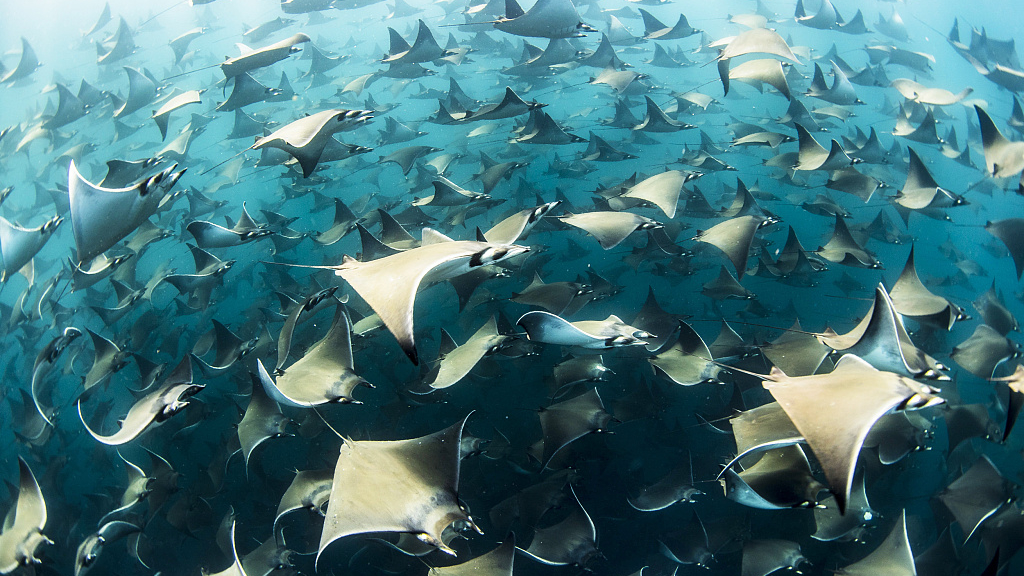
Mobula rays, which are closely related to sharks and come from the same family as some manta rays, are normally shy and difficult to film. /VCG Photo
Mobula rays, which are closely related to sharks and come from the same family as some manta rays, are normally shy and difficult to film. /VCG Photo
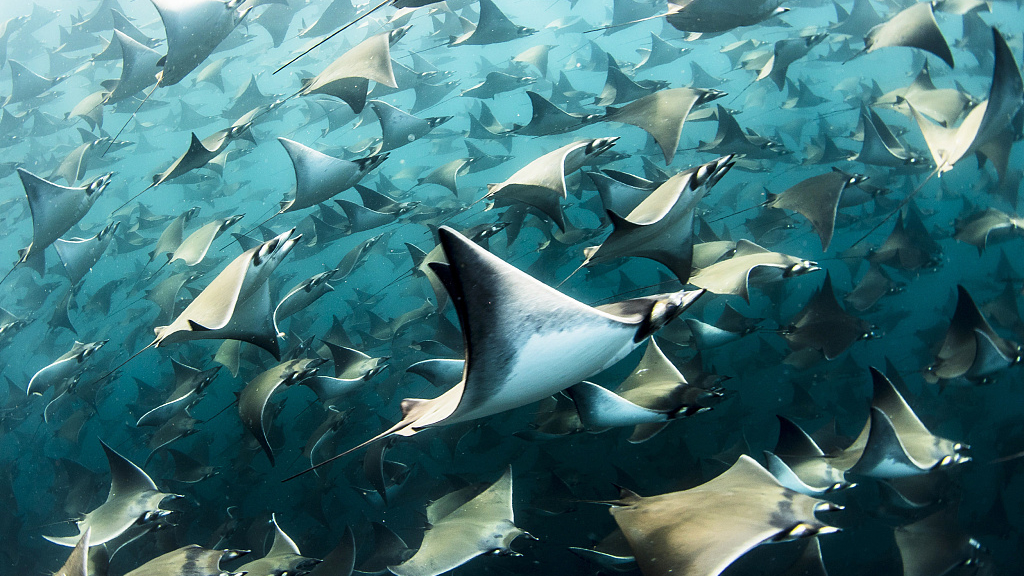
Mobula rays, which are closely related to sharks and come from the same family as some manta rays, are normally shy and difficult to film. /VCG Photo
Mobula rays, which are closely related to sharks and come from the same family as some manta rays, are normally shy and difficult to film. /VCG Photo
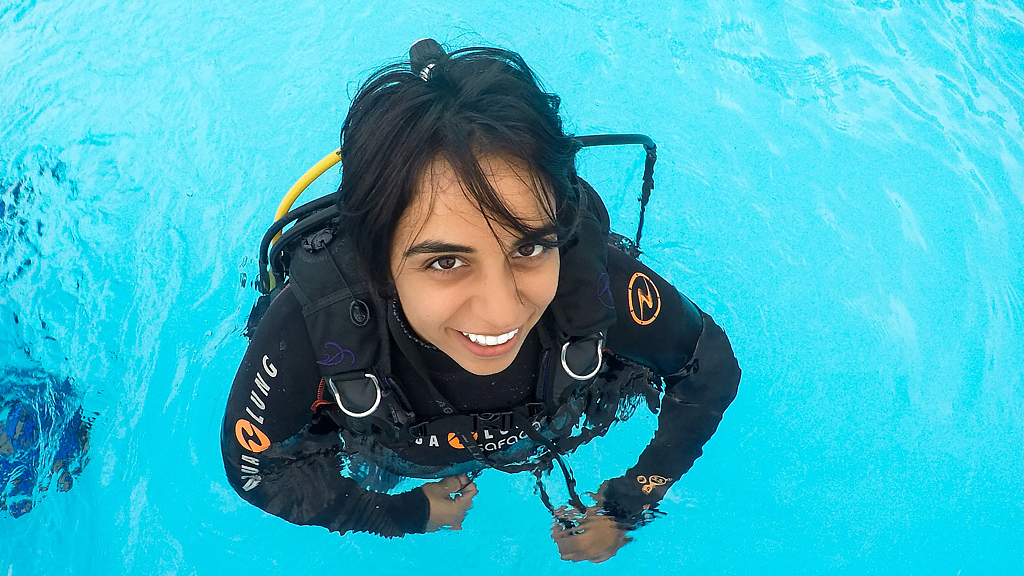
Ocean photographer Nadia Aly spent four hours with the fish and took these astonishing pictures. /VCG Photo
Ocean photographer Nadia Aly spent four hours with the fish and took these astonishing pictures. /VCG Photo
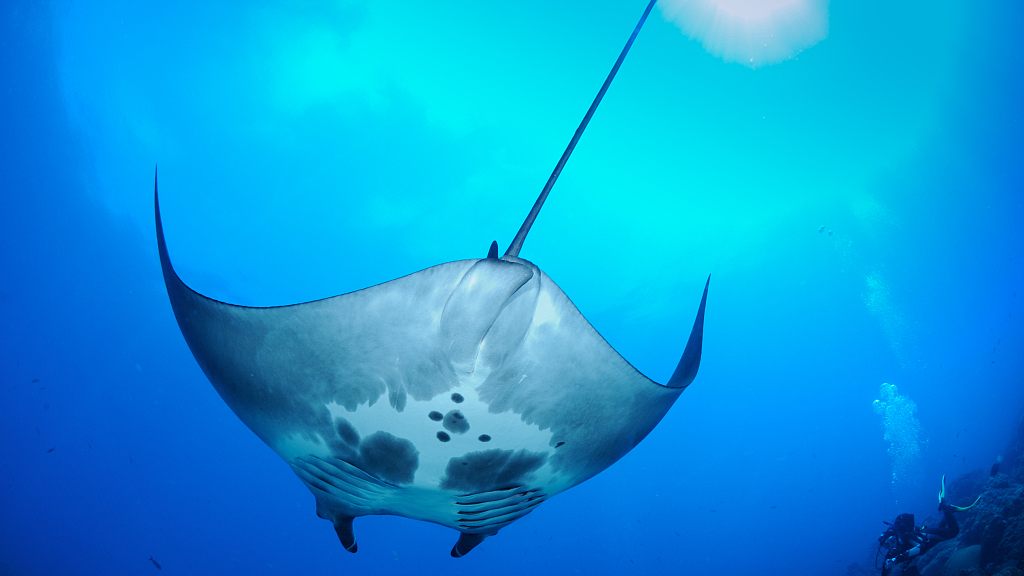
The mobula ray is a genus of rays found worldwide in tropical and warm, temperate seas. They are often referred to as "devil rays", "flying mobula", or simply "flying rays". The largest mobula ray can be up to 5.2 meters wide. /VCG Photo
The mobula ray is a genus of rays found worldwide in tropical and warm, temperate seas. They are often referred to as "devil rays", "flying mobula", or simply "flying rays". The largest mobula ray can be up to 5.2 meters wide. /VCG Photo
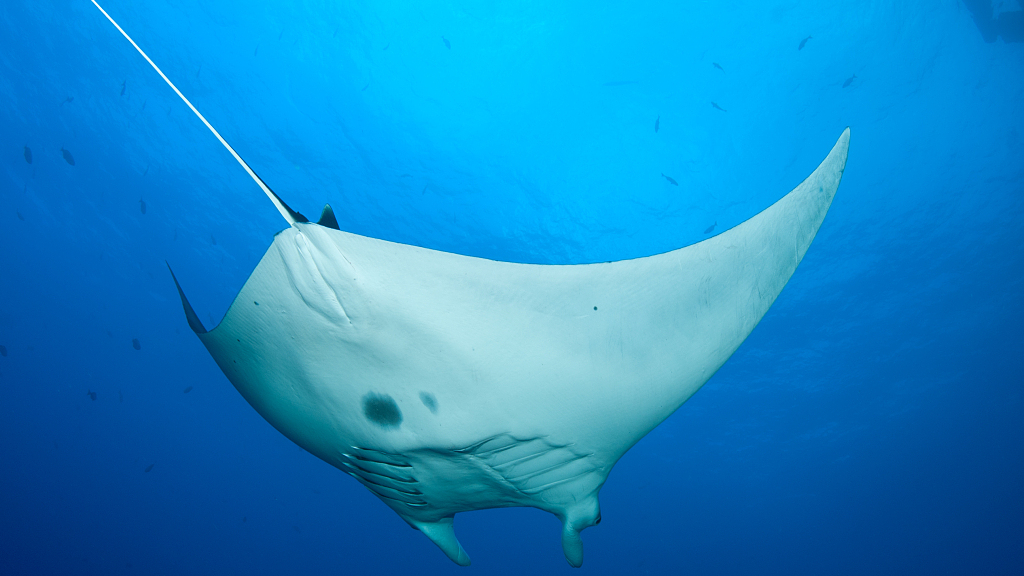
The mobula ray is a genus of rays found worldwide in tropical and warm, temperate seas. They are often referred to as "devil rays", "flying mobula", or simply "flying rays". The largest mobula ray can be up to 5.2 meters wide. /VCG Photo
The mobula ray is a genus of rays found worldwide in tropical and warm, temperate seas. They are often referred to as "devil rays", "flying mobula", or simply "flying rays". The largest mobula ray can be up to 5.2 meters wide. /VCG Photo
These amazing images capture a massive shoal of Mobula rays gliding through the crystal clear water off the coast of Mexico. The remarkable sight was captured by ocean photographer Nadia Aly from Mountain View, California, who spent four hours with the estimated 10,000 rays in the Baja of Mexico, in the north west of the country.
It's very rare to see so many rays with such perfect clarity and the encounter saw the creatures at varying depths, ranging from the surface, down to 100 feet.
Mobula rays, which are closely related to sharks and come from the same family as some manta rays, are normally shy and difficult to film.
(All images via VCG)
(If you want to contribute and have specific expertise, please contact us at nature@cgtn.com)